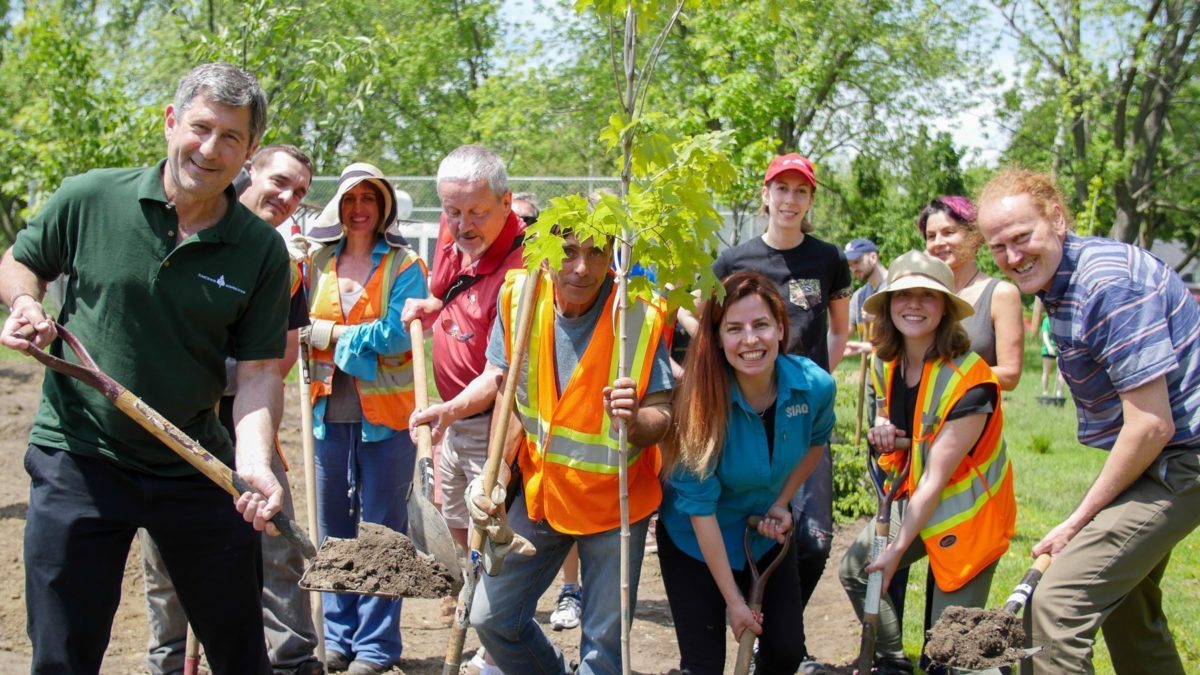This June, First Nations teens at Allison Bernard Memorial High School in Eskasoni, Nova Scotia, planted trees on the school grounds as a way to educate their community about their importance to the environment. In August, Alberta’s 12th St. Albert Scouts will travel almost 500 kilometres to help fellow scouts in Fort McMurray replant trees wiped out during last year’s fires. These leafy community-based actions aren’t a new youth trend, and they’re not a coincidence—they are just two of 150 such projects sponsored by Tree Canada to commemorate Canada’s 150th.
“We’ve been working with communities since 1992, giving out grants across the country to help people green spaces,” says Megan Quinn, Tree Canada’s Program Manager for the Canada 150 projects. “In that time, we’ve planted more than 80 million trees.” Through the support of CN and the Government of Canada, she adds, this year the organization will offer more grants in a single year than ever before.
Each of the 150 groups is required to plant one maple tree to represent Canada, as well as one that represents their home province. Finally, each group must plant a tree of importance to a local First Nations community. For the groups that are not themselves from those communities, Tree Canada suggested reaching out to ask for guidance. “A lot already had relationships, but for others, it was a great way to connect,” says Quinn.
“When people think about Canada’s 150th, they often think about historical events and culture, but Canada’s environmental history is important, too,” Quinn adds. “This is something you can do for your community now that will benefit you for next 150 years.”
